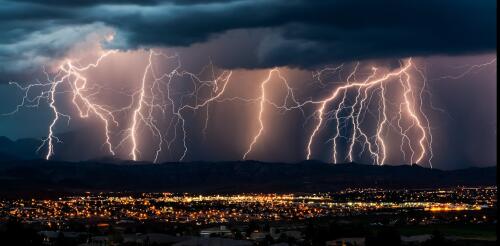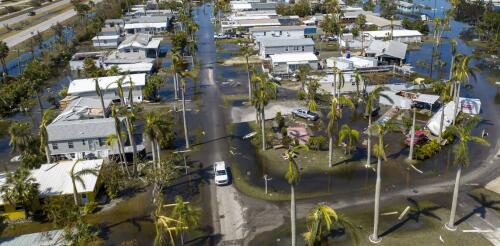Gulf Coast
In late spring, estuaries along the U.S. Gulf Coast come alive with newborn fish and other sea life. While some species have struggled to adjust to the region’s rising water temperatures in recent years, one is thriving: juvenile bull sharks. We study this iconic shark species, named for its stout body and matching disposition, along the Gulf of Mexico. Over the past two decades, we have documented a fivefold increase in baby bull sharks in Mobile Bay, Alabama, and a similar rise in several Texas estuaries, as our new study shows. Despite the bull shark’s fearsome reputation, baby bull sharks are not cause for concern for humans in these waters. While adult bull sharks are responsible for an occasional unprovoked attack, baby bull sharks haven’t fully developed the skills needed to hunt larger prey. And you’re still far more likely to be killed by bees, wasps or snakes than sharks. The fascinating life of a young bull shark Most sharks are fully marin...
It’s been a warm day, maybe even a little humid, and the tall clouds in the distance remind you of cauliflower. You hear a sharp crack, like the sound of a batter hitting a home run, or a low rumble reminiscent of a truck driving down the highway. A distant thunderstorm, alive with lightning, is making itself known. Lightning flashes in thunderstorms at least 60 times per second somewhere around the planet, sometimes even near the North Pole. Each giant spark of electricity travels through the atmosphere at 200,000 miles per hour. It is hotter than the surface of the sun and delivers thousands of times more electricity than the power outlet that charges your smartphone. That’s why lightning is so dangerous. Lightning kills or injures about 250,000 people around the world every year, most frequently in developing countries, where many people work outside without lightning-safe shelters nearby. In the United States, an average of 28 people were killed by lightning ev...
The Biden administration has frozen pending decisions on permit applications to export liquefied natural gas, or LNG, to countries other than U.S. free trade partners. During this pause, which will last for up to 15 months, the administration has pledged to take a “hard look” at economic, environmental and national security issues associated with exporting LNG. Environmental advocates, who have expressed alarm over the rapid growth of U.S. LNG exports and their effects on Earth’s climate, praised this step. Critics, including energy companies and members of Congress, argue that it threatens European energy security and energy jobs in the U.S. Emily Grubert, associate professor of sustainable energy policy at the University of Notre Dame and a former official at the U.S. Department of Energy, explains why large-scale LNG exports raise complex questions for U.S. policymakers. Is the US a major LNG supplier? The U.S. is now the world’s largest LNG exporter...
Warm water in the Atlantic Ocean and Gulf of Mexico can fuel powerful hurricanes, but how destructive a storm becomes isn’t just about the climate and weather – it also depends on the people and property in harm’s way. In many coastal cities, fast population growth has left more people living in areas at high risk of flooding. I am a geographer who studies the human dimensions of climate change and natural disasters. My research and mapping with colleagues shows that socially vulnerable communities – those least able to prepare for disasters or recover afterward – tend to be concentrated in areas that are more susceptible to flooding, particularly on the Gulf Coast. Larger, vulnerable populations Nearly 40% of the U.S. population lives in a coastal county today. Many of these areas are increasingly exposed to disasters, including hurricanes and high tide flooding that has been worsened by sea level rise. The Gulf of Mexico region, in particular,...


